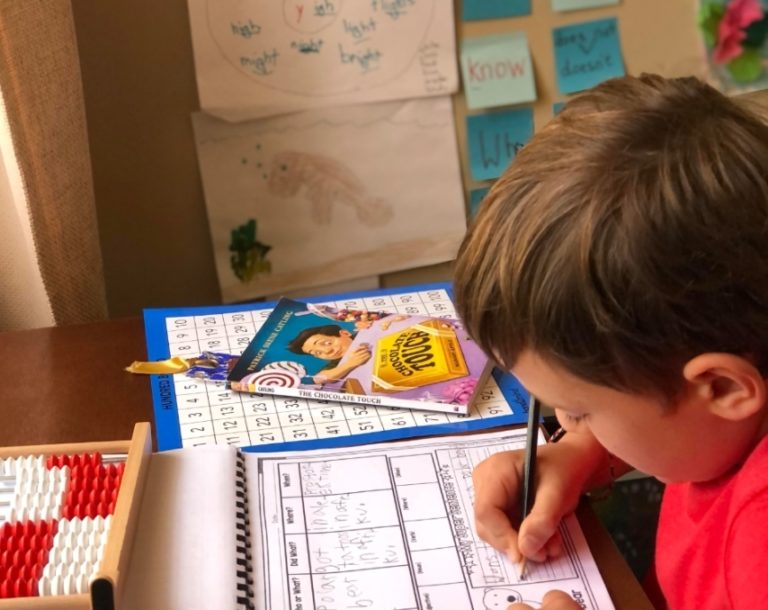Protecting the Hearts of Developing Readers
For children learning to read, the cost of falling behind can have long-term effects both academically and socially-emotionally. In order to ensure this doesn’t happen, it’s imperative that the right steps are taken early, to provide the best conditions for efficient learning – and this starts with the effective teaching of the foundational literacy skills: the alphabetic principle, phonological awareness, phonics, and finally, fluency.
One of the most important things to understand early on as a parent and teacher are that while these foundational skills are important, they are best implemented when they are taught as interconnected skills, not as individual skills in isolation. You’ll know why after reading a few sentences from one of my brother’s Scientific Publications. This one is Titled, Corresponding morphological and molecular indicators of crude oil toxicity to the developing hearts of Mahi Mahi:
Polycyclic aromatic hydrocarbons disrupt the normal function and morphogenesis of the heart via the blockade of potassium and calcium conductances that underpin normal excitation-contraction (E-C) coupling in individual heart muscle cells (cardiomyocytes). Canonical crude oil cardiotoxicity is characterized by abnormalities in heart muscle contractility, heart rhythm and circulation. (feel free to read it again)
In order for most of us to proficiently read and make meaning from these two sentences, it is required to have strong phonological awareness, fluency, vocabulary and background knowledge skills that all work together in unison.
Below is a quick overview of what each of the foundational literacy skills entails:
The alphabetic principle has nothing to do with learning the letters of the alphabet, but rather a concept that each letter makes a particular sound when you vocalize it, and that when you put those letters and sounds next to one another in different orders, they form different words.
Phonological awareness (often confused with ‘Phonics’), involves a general understanding of the sound structures that form any language. This includes sentences (i.e. the idea of putting multiple words together forms a sentence), word association (i.e., the concept that words can rhyme), syllables (i.e., how to determine how many units of pronunciation in a word), and phonemes (i.e., the distinct units of sound in every word). Similar to the alphabetic principle, phonological awareness is a concept that must be grasped to properly understand how language works.
Phonics is arguably the most well-known literacy skillset and involves learning how letters translate into spoken language and vice versa. Once individual letter sounds are understood, it then involves learning how letters sound and behave when grouped together (i.e., the long ‘a’ sound can be spelled ay, eigh or ey).
Fluency is the final piece of the foundational literacy puzzle and represents the culmination of the learning of all three previous literacy skills. Once you become fluent, you are able to read text effortlessly. Doing so frees up your working memory so you can use it to mentally envision what you are reading and make sense of the complex concepts you are learning. You can not have strong reading comprehension without strong fluency.
Just as my brother is protecting the hearts of developing fish from toxic oil spills, we must protect the hearts of our developing readers.




